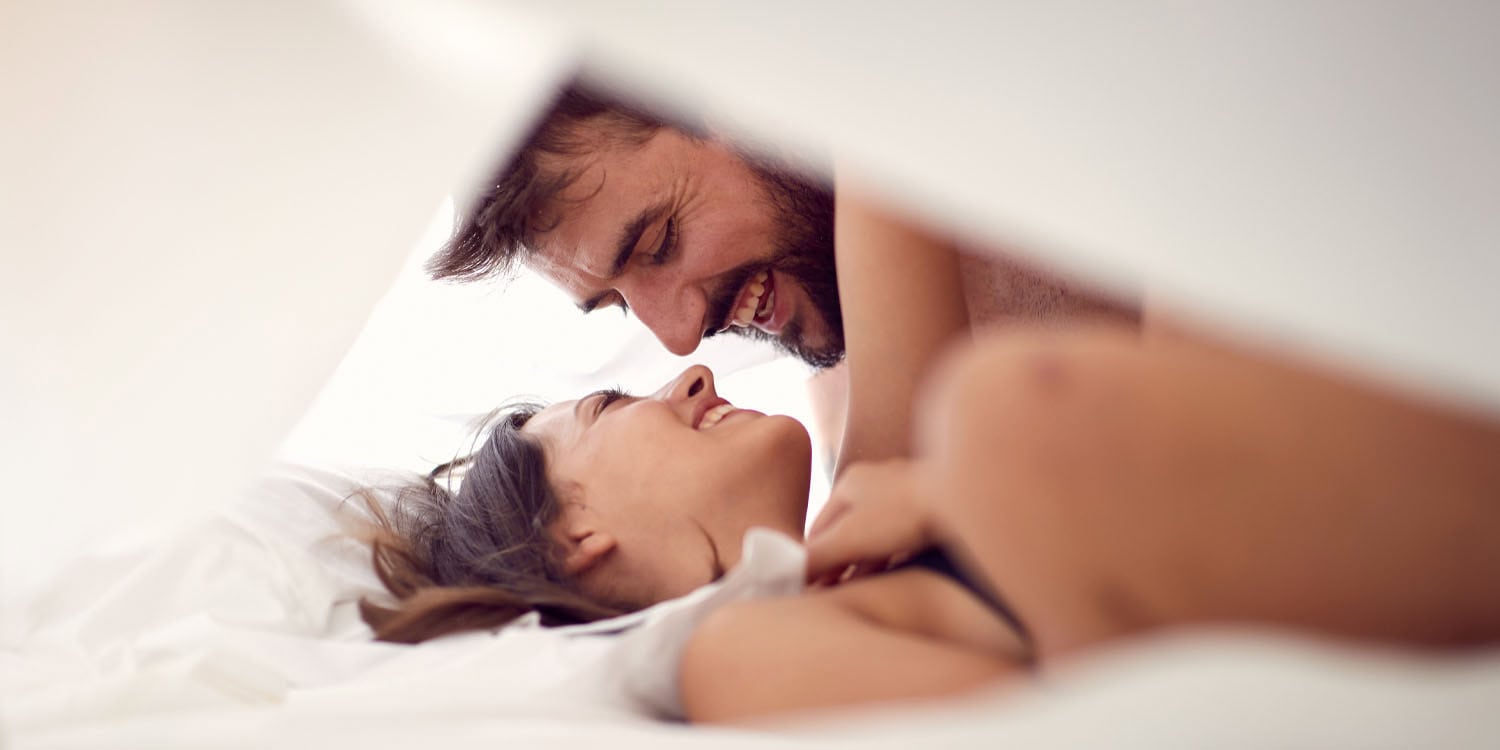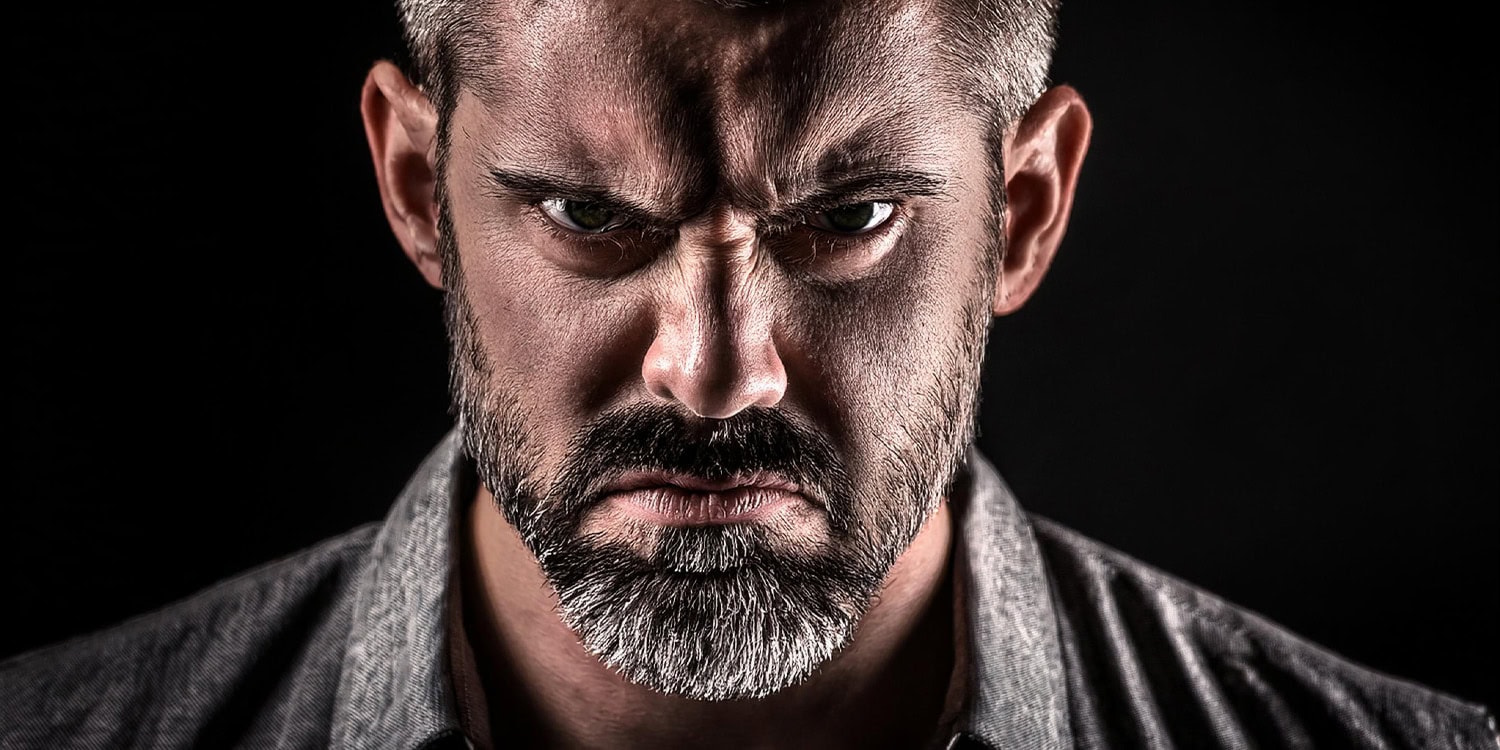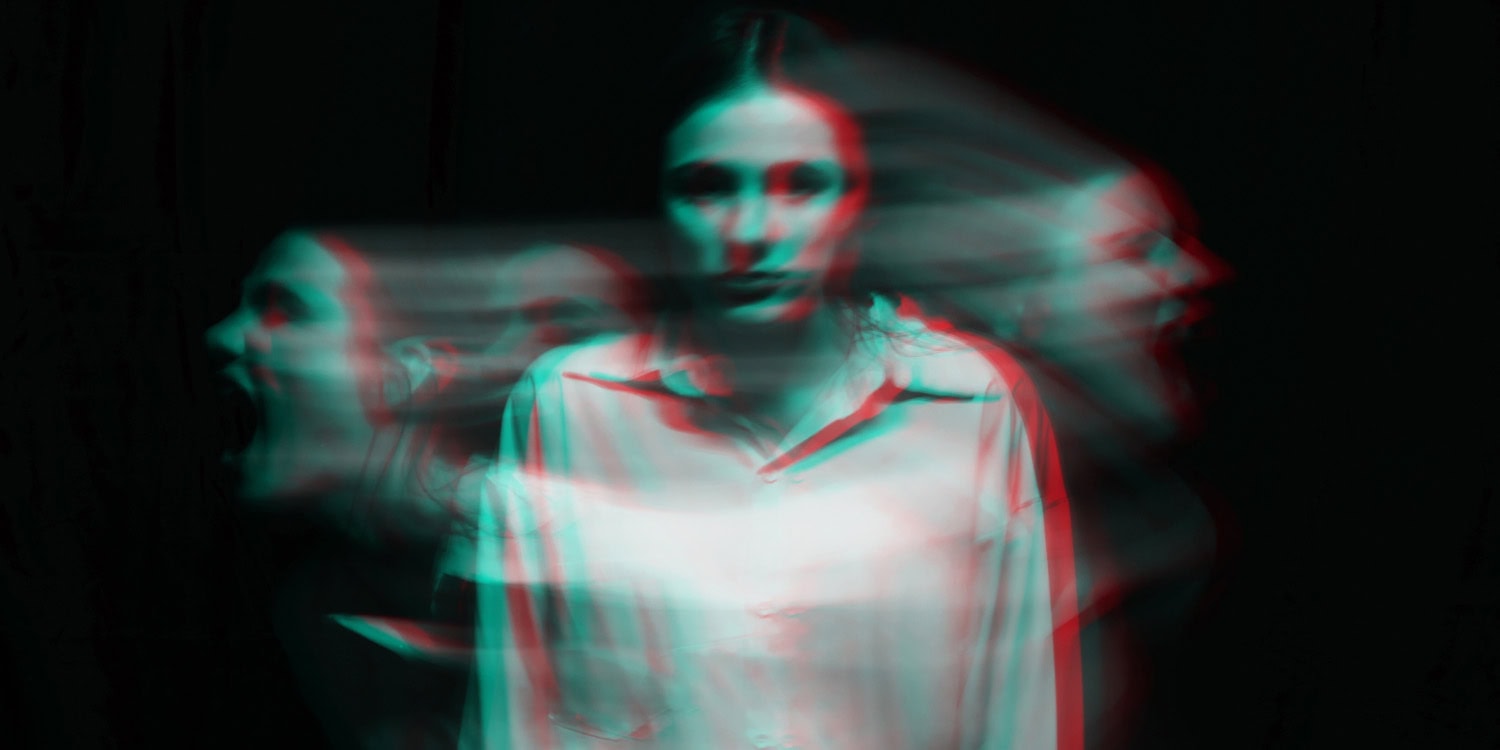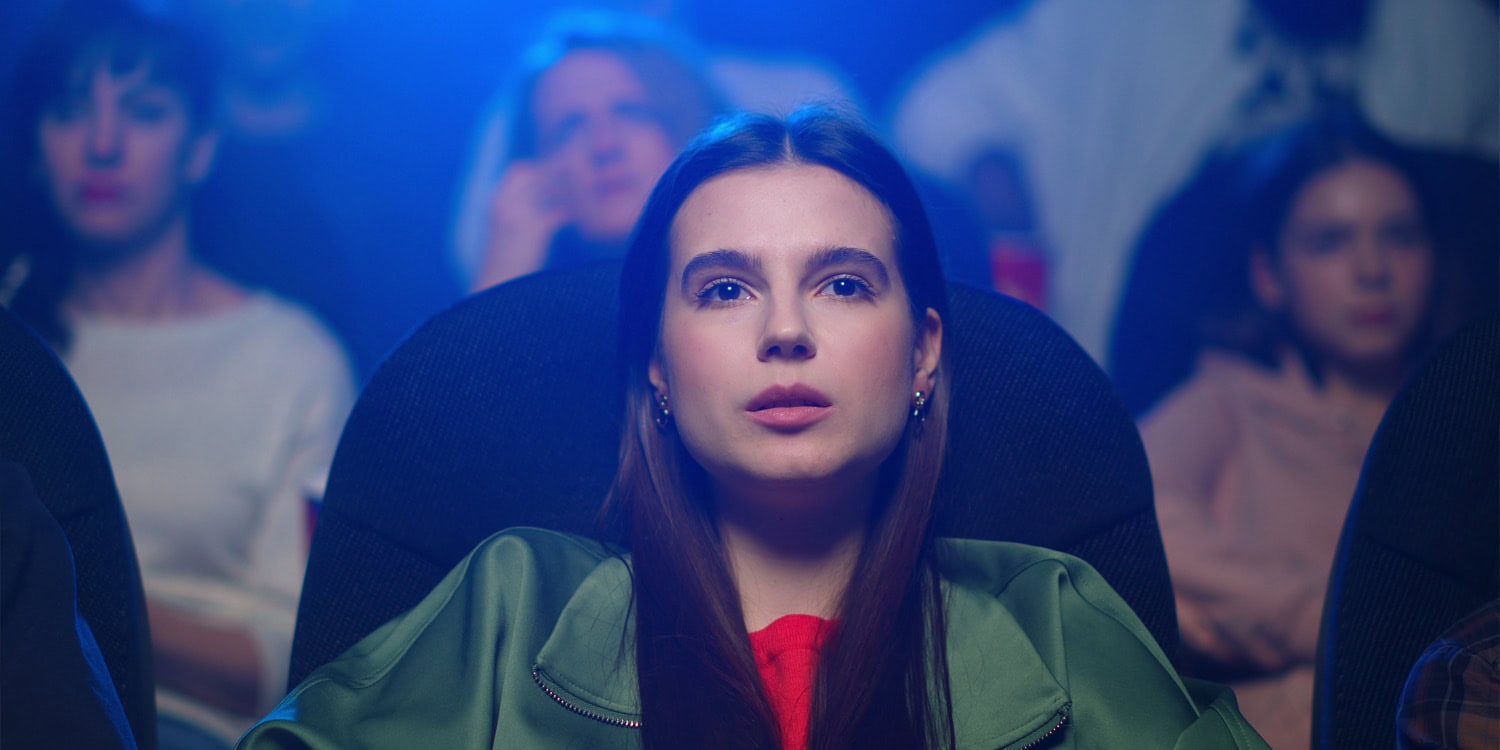Hair shine linked to perceptions of youth and health in women
A new study provides evidence that specific hair characteristics, namely alignment and shine, play a significant part in how a woman’s age, health, and attractiveness are perceived. The research, published in the International Journal of Cosmetic Science, suggests that women with straighter and shinier hair are consistently judged as being younger, healthier, and more attractive.
Scientific investigations into female physical appearance have historically concentrated on facial features like symmetry or skin condition. In many of these studies, information about hair is intentionally removed, either by having participants wear a hairband or by digitally editing it out of images. This approach has left a gap in understanding how hair, which is easily altered, contributes to social perceptions.
“Research investigating female physical appearance mostly considered the role of facial features in assessments of, for example, attractiveness. Hair has typically been removed or covered in rating studies,” said study author Bernhard Fink, who is affiliated with the Department of Evolutionary Anthropology at the University of Vienna and is the CEO of Biosocial Science Information.
“Yet people report high concern with the appearance of their hair, and poor hair condition can impact self-perception and self-esteem. We had evidence from previous research using computer-generated (rendered) female hair that human observers are sensitive to even subtle variations of hair diameter, density, and style. Here, we extend this evidence to the study of natural hair wigs, worn by female models, and the systematic manipulation of hair alignment, shine, and volume.”
The research consisted of two experiments in which female participants rated images of a woman wearing different wigs. In the first experiment, the researchers focused specifically on the impact of hair shine. They prepared 10 pairs of natural Caucasian hair wigs that varied in color, length, and style, including straight and curly options. For each pair, one wig was treated to be high-shine, while the other was treated with a dry shampoo to appear low-shine.
A female model wore each of the 20 wigs and was photographed from a three-quarter back view, so that her facial features were not visible. These image pairs were then shown to 1,500 female participants from three countries: the United States, Germany, and Spain. Participants were asked to look at each pair and choose which image showed a woman who appeared younger, healthier, or more attractive.
The results of this first experiment were consistent across all three countries. For nearly all wig styles, the high-shine version was selected as appearing more youthful and more attractive. The preference for high-shine hair was even stronger when participants were asked to judge health, with the shiny version being chosen for all 10 hair types. This suggests that hair shine is a potent signal of health and vitality that is recognizable across different Western cultures.
The second experiment was designed to explore a more complex picture by adding two more hair features: alignment and volume. The researchers prepared wigs in both neutral blonde and dark brown. They created eight different versions for each color by combining high and low levels of shine, alignment, and volume. For example, one wig might have high alignment (very straight), high shine, and low volume.
A model was photographed wearing each of these wigs from three different angles: front, three-quarter front, and three-quarter back. A group of 2,000 women in the United States then rated the resulting images for youth, health, and attractiveness. This design allowed the researchers to determine the relative importance of each hair feature and see if the effects changed with hair color or viewing angle.
The findings from this experiment pointed to hair alignment as the most influential factor. Hair that was straight-aligned was consistently perceived as the most youthful, healthy, and attractive, regardless of its color or the angle from which it was viewed. High shine also had a positive effect on ratings, though its impact was not as strong as that of straight alignment.
“Most participants provided their assessments of hair images on mobile devices,” Fink noted. “One would assume that subtle variations in hair condition are evident only when presented and viewed on larger screens. This was not the case. Although the hair manipulations were subtle, especially those of alignment and shine, participants were sensitive and provided systematic responses. This has practical implications, as consumers’ assessment of ‘beautiful hair,’ e.g., through viewing on the Internet, influences their wishes for their own hair.”
In contrast, high volume did not receive such positive assessments. The combination that was rated most favorably across the board was hair with high alignment, high shine, and low volume. The study also detected some minor interactions between the hair features and the viewing angle, but the main effects of alignment and shine were far more significant. These results suggest that the smooth, orderly appearance of straight, shiny hair sends powerful positive signals.
“The key message of the study is that female head hair plays a role in assessments of age, health, and attractiveness,” Fink told PsyPost. “Straight hair and shiny hair are perceived as youthful, healthy, and attractive. This observation was made by systematically manipulating hair features using natural hair wigs, thus carefully controlling hair alignment, shine, and volume. High volume did not have as positive an impact on hair assessments as alignment and shine had. The positive effect of shiny hair on assessments was observed in raters from three countries (USA, Germany, Spain).”
But as with all research, there are limitations to consider. The experiments used only natural Caucasian hair wigs, so the findings may not apply to hair from other ethnic groups, which can have different fiber characteristics. It is also worth noting that the participants in both experiments were women judging images of other women. This means the results capture a female-to-female perspective, and it remains unclear whether these preferences would be shared by male observers.
The researchers also disclosed that several authors are employees of or consultants for The Procter & Gamble Company, a leading manufacturer of hair care products. “I would like to note that this study was conducted in collaboration with partners from Procter & Gamble,” Fink said. “This is important because the systematic manipulations of hair were made by professional stylists. Likewise, the imaging setup required work, resulting in a system dedicated to capturing the subtle hair feature variations, especially those that result from light interacting with hair fibers.”
For future directions, the researchers aim to expand this research to non-Western populations, such as in Asian countries, to see if the preference for shiny, aligned hair is a more universal phenomenon. Examining how hair features interact with other variables, like skin pigmentation, is another avenue for further investigation.
The study, “Perceptions of female age, health and attractiveness vary with systematic hair manipulations,” was authored by Susanne Will, Mandy Beckmann, Kristina Kunstmann, Julia Kerschbaumer, Yu Lum Loh, Samuel Stofel, Paul J. Matts, Todd K. Shackelford, and Bernhard Fink.



























